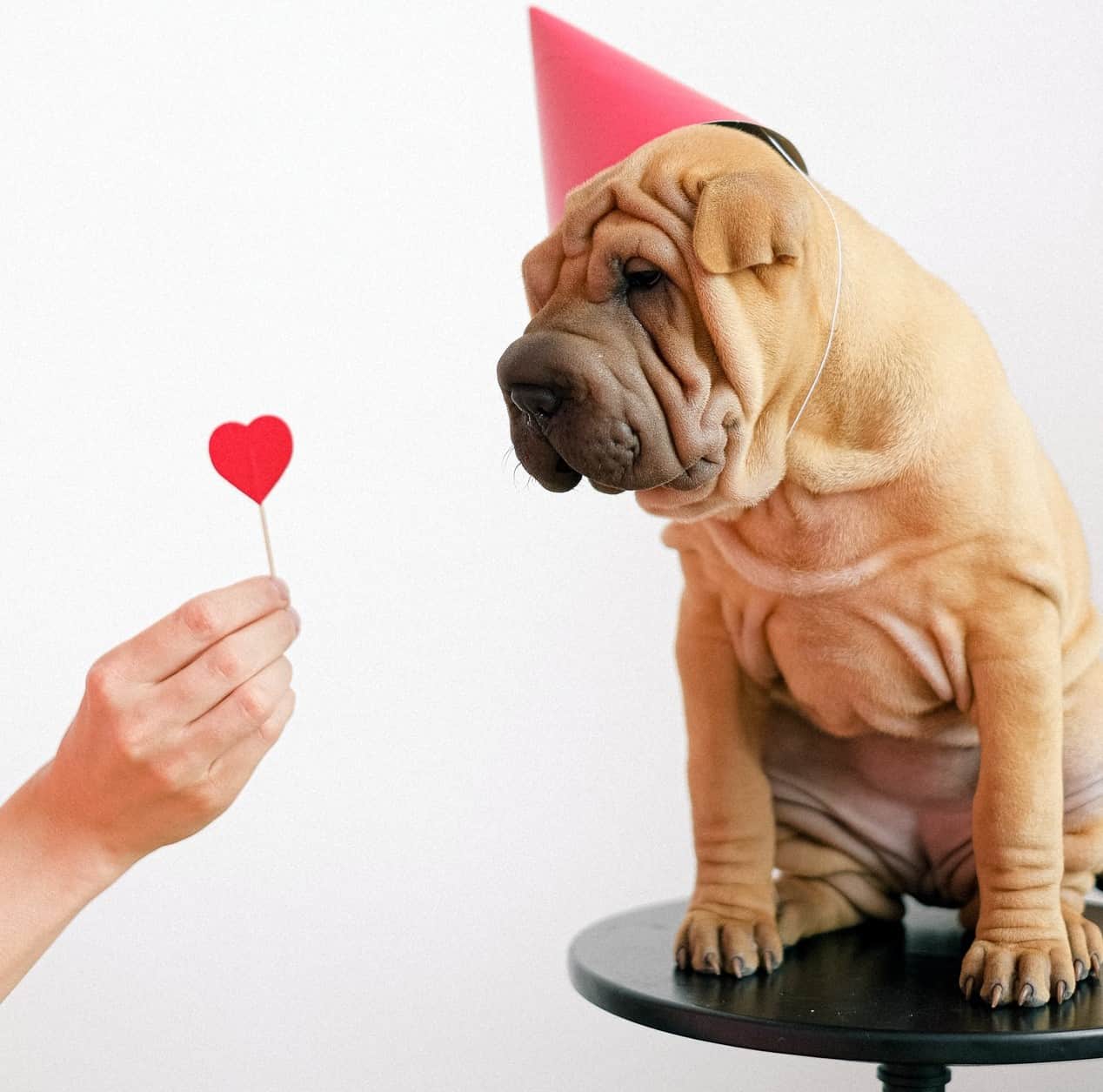How to Sedate a Dog at Home
Some dogs become so anxious when visiting the veterinarian for checkups, toenail trims or x-rays that they require sedation – often through trial-and-error to determine an ideal drug and dosage combination.
Sedatives help a dog relax and become sleepy without anaesthetic-related consciousness loss, but like all drugs they may cause side effects; some dogs may show signs of fatigue after taking them off the shelf.
Essential Oils
Lavender, chamomile or peppermint oils may help calm a dog when used properly and can add an additional soothing method in your home to calm them such as soothing music or aromatherapy. When applying these essential oils directly onto your pup, please consult a vet as to their suitability for use on him/her.
In extreme anxiety cases, medication may be required. Acepromazine is the most frequently recommended sedative by veterinarians and works by altering neurotransmitters in your pet’s brain to soothe them and ease fear. Other sedatives available upon prescription only include Telazol anti-anxiety drug Telazol muscle relaxant diazepam pain reliever butorphanol; your vet will determine the proper dosage according to their weight.
Medication sedation for dogs should only be recommended once other calming techniques have been tried and exhausted. Administering medication without consulting your veterinarian’s advice is risky and too much sedative may render your pup unconscious. After administering their sedative, your dog will require time to recover; one of these soft and cozy beds is an ideal place for them while this happens.
As part of any sedative treatment plan, it’s also essential that your pet does not eat for 12-14 hours prior to receiving medication, as this could alter its effects. If you need assistance in prepping your pup at home for their sedative dose, ask your veterinarian to recommend Zylkene or Adaptil; both contain milk proteins with natural calming effects and should help your canine stay relaxed during their experience. You could also join group dog obedience classes so that they become more socialized with people and other canines alike!
Aromatherapy
Aromatherapy is an increasingly popular way to ease dog anxiety during grooming or other stressful events. Essential oils, which contain highly concentrated plant extracts, can be mixed in neutral bases with water to create pleasant aromas which are then diffused into the environment for spraying or diffusing, creating an inviting fragrance in any space they enter. Different oils offer various therapeutic benefits like relaxation, decreasing anxiety/stress levels or alleviating depression symptoms; you can purchase aromatherapy products pre-mixed at pet stores or online.
Lavender oil is widely considered one of the best ways to relax a dog, but other oils may also provide relief. A few drops of neroli can be used to induce sleep while orange blossom and ylang-ylang help ease anxiety while orange blossom and ylang-ylang are excellent at relieving tension and stress. Chamomile, valerian and passionflower can also provide natural options that reduce anxiety during grooming sessions while herbal supplements come in capsule form as well as tea bags or treats; Bach flower remedies offer another non-toxic solution that can be dropped directly onto their tongue!
Natural methods may help your dog relax during grooming sessions; however, in some cases medication will be necessary. Oral sedatives are the most frequently prescribed – although their side effects could include vomiting. Utilizing prescription sedatives requires consultation with a veterinarian, and always provide your dog with an escape route in case they begin to panic at any stage during nail trimming or other potentially distressful events. Benadryl and melatonin supplements may serve as mild sedatives that help your pup remain calm during nail trimming sessions. Although not meant to replace prescription medication, these over-the-counter products can help your dog remain relaxed throughout their grooming session and may prevent biting too hard or scratching at their groomer.

Light Therapy
When dogs become nervous, their behavior may vary significantly. Sometimes their anxiety stems from an underlying medical issue which can be treated once under control; other times it could be something like noise sensitivity which can be managed with FDA-approved products like Sileo and Maropitant.
Sedatives are drugs designed to make dogs relaxed and sleepy, usually through oral or injectable administration. Vets typically recommend trying different forms and dosages until finding what best meets each pet’s individual needs; vets will typically administer sedatives during medical procedures that require stillness, such as x-rays, MRIs or CT scans; they may also use them during ear cleanings, fur clipping or nail trims which could otherwise cause anxiety for anxious or reactive pets.
Dogs that receive sedatives for grooming or medical procedures can suffer side effects when given these drugs, including difficulty maintaining its body temperature as it relaxes during grooming or medical procedures – potentially leading to hypothermia which is very serious in dogs; thus it’s essential that you monitor your pup carefully prior and post sedation for safety purposes.
There are natural ways to help ease your dog’s anxiety, such as aromatherapy, music and light therapy. Before opting for natural sedatives or synthetic ones which could pose potentially harmful side effects, try these natural approaches first – aromatherapy, music and light therapy can provide insight into what may be triggering his anxiety and then take steps to treat its source if applicable – these methods could provide vital clues as to where your pup’s anxiety stems from and preventing recurrence – this should save on time spent administering natural or synthetic sedatives which could potentially contain potentially dangerous side effects!
Music
All mammals are attuned to auditory cues and react in various ways when hearing loud and sudden sounds that stimulate adrenaline and raise heart rates, while soft repetitive sounds such as those found on CDs like Through a Dog’s Ear can help pets relax during nail trims.
Music can also serve as an effective natural sedative and may even outshone traditional drugs in certain circumstances, for instance when dealing with highly reactive dogs such as thunder and fireworks, who respond better to music than pharmaceutical drugs like Valium or Melatonin.
On 31 October 2019, a literature search was conducted of scientific journals that contained the keywords “music therapy” and “canine”. Our search included articles which experimentally modified auditory environments or assessed at least one measure of canine health and behavior.
Research has demonstrated the efficacy of relaxing classical, reggae and soft rock music on canines’ nervous systems. Music with pure tones may have more of an calming impact than those featuring staccato (short repeated notes), which tends to stimulate. Furthermore, its tempo should correspond with their resting heart rate or respiration rate for maximum effectiveness.
Massage
No matter whether a dog is anxious due to noise sensitivity, pain or fear of nail clippers, massage is an excellent way to ease their nerves and make them more relaxed. Before massaging your pup, ensure they’re in an submissive and relaxed state (ideally lying down). Chamomile tea, skullcap or catnip can all help soothe their nervous systems before beginning massaging sessions; alternatively apply topical analgesics like Sileo or Adaptil before massage for added effectiveness.
Massage not only relaxes animals but can also strengthen relationships between pet owners and their animals, benefitting both physically and psychological health. Massage increases circulation, enhances flexibility, encourages lymphatic fluid movement, lowers blood pressure, stimulates immune systems and digestion systems as well as identify any lumps or bumps present on pets that might need additional medical care. Regular dog massage sessions also can identify potential issues like lumps and bumps before they worsen over time.
Massage therapy can also help ease medical conditions like osteoarthritis and joint pain, as well as muscular-skeletal conditions like sprains and strains. Massage can even be used to treat autoimmune disorders like laryngeal paralysis which occurs due to spasms in throat muscles causing difficulty in breathing.
Starting off a massage should start off right with effleurage – long gliding strokes applied lightly across muscles using light pressure. After several minutes have passed, move onto other parts of the animal’s body such as ears, tail, legs or paws until relaxation sets in. If this method doesn’t seem relaxing enough for them, deeper tissue massage techniques such as deep tissue, tummy rub or trigger point may be more appropriate; no matter which technique is chosen initially keep sessions short until your animal adapts to what this new experience.

